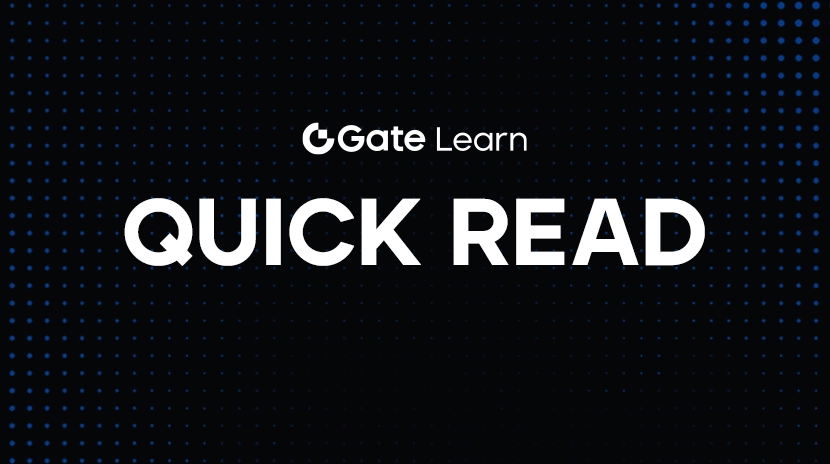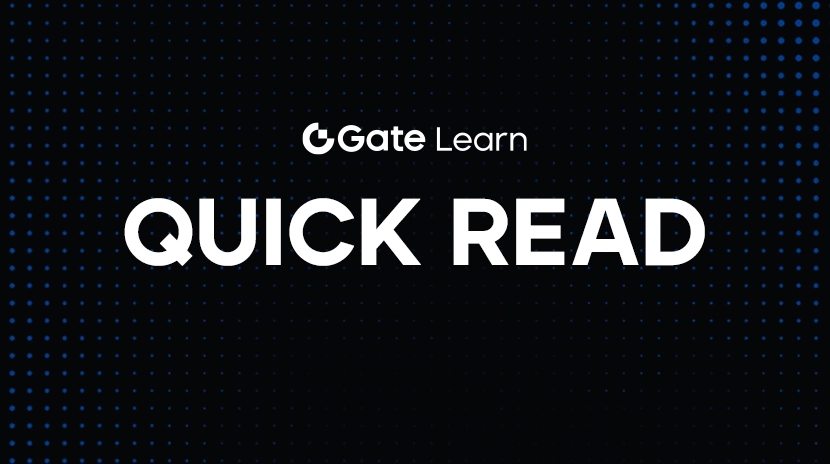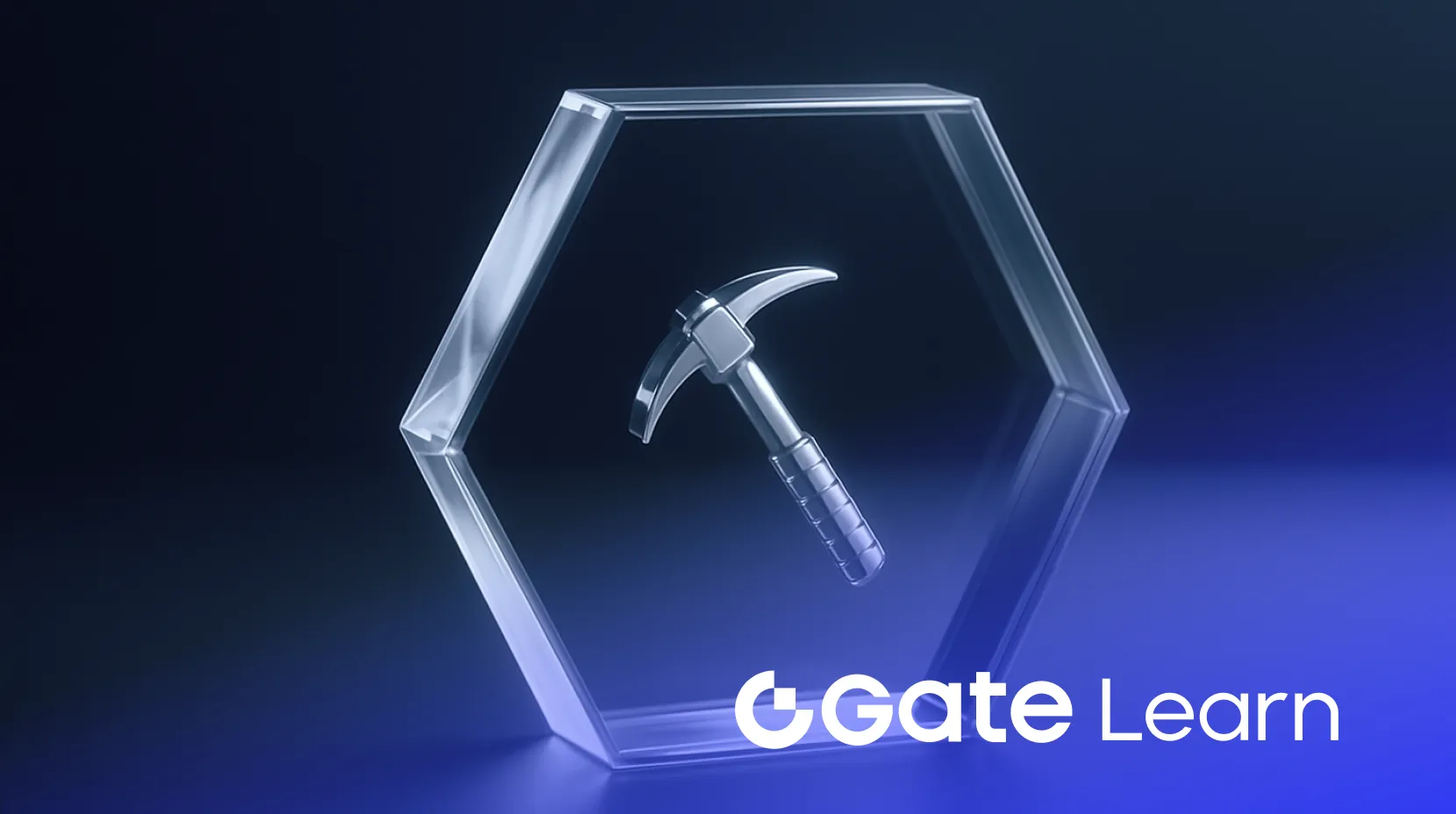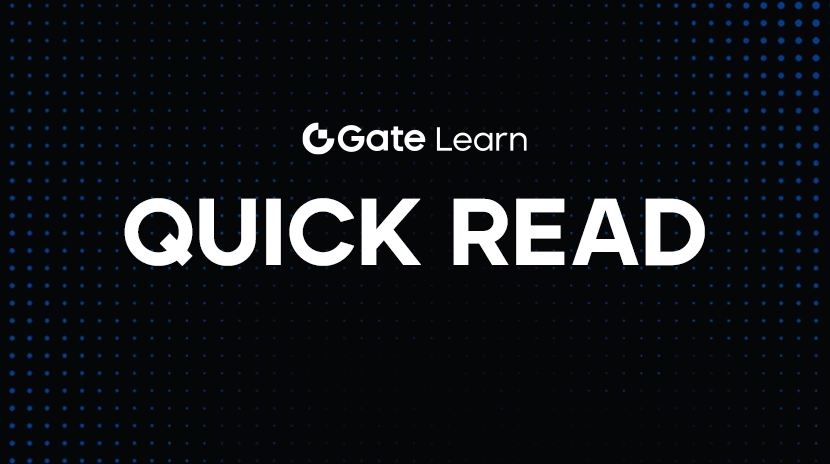الأصول العالمية الحقيقية (RWA) في مجال العملات الرقمية: مستقبل تورقين الأصول وتكامل البلوكتشين

مصدر الصورة: https://www.codezeros.com/what-are-real-world-assets-rwa-in-defi-and-crypto
تتحول الأصول العالمية الحقيقية (RWAs) بسرعة إلى ركن أساسي في تطور التمويل اللامركزي (DeFi)، حاجزًا الفجوة بين التمويل التقليدي وتكنولوجيا البلوكتشين. بحلول أبريل 2025، تجاوز تورقة الأصول العالمية الحقيقية 20 مليار دولار على السلسلة، مشيرًا إلى تحول كبير في كيفية إدارة وتداول الأصول.
ما هي الأصول الحقيقية في العالم (RWAs) في عالم العملات الرقمية؟
يُشير الأصول العالمية الحقيقية (RWAs) في مجال العملات الرقمية إلى الأصول المادية أو التقليدية التي توجد خارج السلسلة الرئيسية - مثل العقارات والسندات الحكومية والائتمان الخاص والسلع، أو حتى الفنون الجميلة - التي تم ترميزها وتمثيلها على سلسلة كتلية على شكل رموز رقمية. تدعم هذه الرموز بنسبة 1:1 (أو عبر هيكل رهن واضح) بالأصل الكامن، مما يتيح لها أن تُتداول وتمتلك، وتُستخدم في بروتوكولات التمويل اللامركزي (DeFi) تمامًا مثل الأصول العملات الرقمية الأصلية.
في جوهره، تتمثل عملية ترميز RWA في تحويل الملكية القانونية أو الحقوق في أصل حقيقي إلى رمز رقمي معتمد على البلوكتشين. يسمح هذا بتحويل هذه الأصول التي كانت غير قابلة للتداول ومقيدة جغرافيًا إلى قابلة للوصول عالميًا، وقابلة للتحويل على الفور، وقابلة للتقسيم إلى وحدات ملكية أصغر - مما يفتح آفاقًا جديدة للسيولة والاندماج للمستثمرين في جميع أنحاء العالم.
على سبيل المثال، يمكن تشفير مبنى تجاري يبلغ قيمته مليون دولار إلى 1،000،000 عملة رقمية تبلغ قيمتها دولار واحد لكل واحدة. يمكن بيع هذه العملات الرقمية على أسواق البلوكتشين، أو استخدامها كضمان في بروتوكولات الإقراض، أو الاحتفاظ بها في محفظة رقمية تمامًا مثل USDT أو ETH.
السمات الرئيسية للأصول المرتبطة بالدخل الربحي في مجال العملات الرقمية تشمل:
- مدعومة بالأصول: كل رمز مدعوم إما مباشرة بواسطة أصل حقيقي أو يخضع لإطار عقدي شفاف.
- فائدة في العالم الحقيقي: على عكس الأصول الرقمية النقدية النظرية بحتة، فإن الأصول الرقمية في العالم الحقيقي غالبًا ما تنتج عوائد في العالم الحقيقي مثل الإيجار، الفائدة، أو العوائد الملكية.
- يمكن تداول الأصول المرمزة عالميا في أي وقت دون وسطاء.
- الشفافية على السلسلة: يمكن برمجة جميع قواعد الملكية والتحويل والامتثال على السلسلة باستخدام العقود الذكية وتتبعها.
RWAsتجذب الانتباه ليس فقط من مشاريع الديفاي، ولكن أيضًا من المؤسسات التقليدية والحكومات.معملةالخزائن وصناديق الاستثمار في العقارات (REITs) ورصيد الكربون هي بعض من أحدث حالات الاستخدام التي تم استكشافها بنشاط في عام 2025. تعيد هذه التلاقي بين التمويل التقليدي والبلوكتشين تعريف ملكية الأصول ودفع حدود ما يمكن دمجه في الويب3.
كيف تربط RWAs بين التمويل التقليدي والبلوكتشين
تعمل RWAs كموصل بين النظام المالي التقليدي وعالم البلوكتشين المركزي. من خلال جعل الأصول مثل العقارات أو السندات عملات، تعزز تكنولوجيا البلوكتشين الشفافية، وتقلل تكاليف المعاملات، وتزيد من إمكانية الوصول للمستثمرين في جميع أنحاء العالم. تسمح هذه التكاملات بإدارة الأصول بشكل أكثر كفاءة وتفتح آفاقًا جديدة للاستثمار والسيولة.
أفضل مشاريع RWA Crypto الرائدة في ثورة الترميز
عدة مشاريع في طليعة توكينة الأصول الواقعة على الأرض:
- Chainlink (LINK): يوفر المهمة الفكرية الواسعة التي تمكن العقود الذكية من التفاعل مع البيانات الواقعية، وهو أمر أساسي لتكامل RWA.
- Ondo Finance (ONDO): تركز على تحويل الأصول المالية التقليدية إلى عملات، وتقدم منتجات مهيكلة على البلوكتشين.
- ألغوراند (ALGO): منصة بلوكشين قابلة للتطوير تدعم مبادرات RWA المختلفة.
- MakerDAO (MKR): يدمج الأصول السليمة المرتبطة بالعقود في نظامه للعملة المستقرة اللامركزية، مما يعزز تنوع الضمانات.
- Pendle (PENDLE): يتيح تداول العائد المستقبلي على الأصول المرمزة، مما يوفر مرونة في استراتيجيات الديفي.
تُجسد هذه المشاريع النهج المتنوع لتوكينة RWA، حيث تساهم كل منها بشكل فريد في النظام البيئي.
فوائد دمج RWA في ديفي وويب3
دمج الأصول الافتراضية المرتبطة بالعقارات في نظم التمويل اللامركزي والبيئات اللامركزية على الويب3 يقدم العديد منمزايا:
- السيولة المحسّنة: تتيح التمويلة تداول الأصول غير السائلة تقليديًا بحرية أكبر، مما يزيد من سيولة السوق.
- الملكية الكسرية: يمكن للمستثمرين امتلاك كسور من الأصول ذات القيمة العالية، مما يقلل من حواجز الدخول.
- الشفافية والأمان: سجل البلوكتشين غير القابل للتغيير يضمن المعاملات الشفافة والآمنة.
- الوصول العالمي: يمكن للمستثمرين في جميع أنحاء العالم الوصول إلى الاستثمار في الأصول التي كانت محدودة سابقًا من حيث الجغرافيا أو متطلبات رأس المال.
التحديات والمخاطر في اعتماد العملات الرقمية RWA
على الرغم من الفوائد، يواجه تجزئة عملة RWA تحديات عدة:
- عدم التأكيد التنظيمي: التنظيمات المتنوعة والمتطورة في مختلف الاختصاصات يمكن أن تعيق التبني.
- مخاطر تقنية: ثغرات العقود الذكية وقضايا توسع البلوكتشين تشكل تهديدات محتملة.
- تعقيدات قانونية: تبقى تأسيس الملكية القانونية الواضحة والحقوق للأصول المرمزة معقدة.
- تقلبات السوق: يمكن أن تؤثر التقلبات الكامنة في سوق العملات الرقمية على قيمة واستقرار الأصول المشفرة.
المنظر القانوني للعملات المشفرة القائمة على RWA
الأطر التنظيمية تتكيف تدريجيا لاستيعاب تعميم عملة الأصول RWA:
- الاتحاد الأوروبي: تنظيم الأسواق في عملات العملات الرقمية (MiCA) ، الذي يعمل اعتبارًا من يوليو 2024 ، يوفر إطارًا موحدًا للأصول الرقمية ، بما في ذلك RWAs.
- الولايات المتحدة: بينما لم تقدم هيئة الأوراق المالية والبورصات الأميركية إرشادات شاملة بعد، إلا أن المناقشات حول عروض التنظيم A و D مستمرة لتسهيل تسجيل عملات RWA وفقاً للقوانين.
- المبادرات العالمية: تقوم دول مثل سنغافورة وسويسرا والمملكة المتحدة بتطوير صناديق تجريبية تنظيمية بنشاط لاستكشاف تكامل RWA بأمان.
كيفية الاستثمار في مجال العملات الرقمية RWA: دليل المبتدئين
الاستثمار في العملات الرقمية RWA يتضمن عدة خطوات:
اختر منصة: حدد بورصة موثوقة مثل Gate.com التي تدعم عملات RWA.
مشاريع البحث: قم بالتحقيق في أساسيات مشاريع RWA، بما في ذلك دعم الأصول الخاصة بها، والفريق، والامتثال التنظيمي.
تنويع الاستثمارات: نشر الاستثمارات عبر عدة رموز RWA للحد من المخاطر.
ابق على اطلاع: تابع التغييرات التنظيمية والتطورات السوقية التي تؤثر على عملات RWA.
توقعات RWA Crypto: ما الذي نتوقعه في عام 2025 وما بعدها
يتوقع أن يشهد قطاع RWA نموًا كبيرًا:
- توسيع السوق: تشير التوقعات إلى أن سوق RWA قد يصل إلى 10 تريليون دولار بحلول عام 2030، نتيجة لزيادة اعتماد المؤسسات.
- التقدم التكنولوجي: سيعزز توسع قدرة سلسلة الكتل والتوافق القدرة على تكامل الأصول الواقعية المتقدمة.
- وضوح التنظيم: مع نضوج التشريعات، من المتوقع أن يرتفع ثقة المستثمرين في عملات RWA.
- توسيع عملة الأصول: بعيدًا عن العقارات والسلع، توقع تعميم الأصول مثل رصيد الكربون والفن والملكية الفكرية.
استنتاج
تظهر أصول العالم الحقيقي (RWAs) كمغير لقواعد اللعبة في مجال التشفير ، حيث تقدم مزيجا قويا من التمويل التقليدي وابتكار blockchain. من خلال ترميز الأصول مثل العقارات والسندات والسلع ، تفتح RWAs مستويات جديدة من السيولة والشفافية وإمكانية الوصول للمستثمرين العالميين. مع ارتفاع الاعتماد المؤسسي وتحسن الوضوح التنظيمي ، تستعد RWAs لتصبح حجر الزاوية في الاقتصاد الرقمي - إعادة تعريف كيفية إنشاء القيمة ونقلها واستثمارها. في حين أن التحديات لا تزال قائمة ، فإن مسار النمو واضح: RWAs ليست مجرد مستقبل لإدارة الأصول - إنها خطوة حاسمة نحو التبني السائد لتكنولوجيا blockchain.
تنويه: هذه المقالة مقدمة لأغراض إعلامية فقط ولا تشكل نصيحة مالية أو استثمارية. قم دائمًا بإجراء أبحاثك الخاصة قبل الاستثمار في عملات العمل الرقمية.
المقالات ذات الصلة

كيفية كسب USDT: أفضل الطرق لزيادة مقتنياتك من العملات الرقمية

ما هي عملة إيلون الرسمية (ELON)؟

أفضل تطبيق للتعدين في مجال العملات الرقمية

تحليل قيمة عملة Pi: الآفاق المستقبلية لعملة Pi في سوق العملات الرقمية

كم يمكن أن يرتفع XRP؟ كيف سيؤثر سياسة العملات المشفرة لترامب على الاتجاه المستقبلي لـ XRP؟


